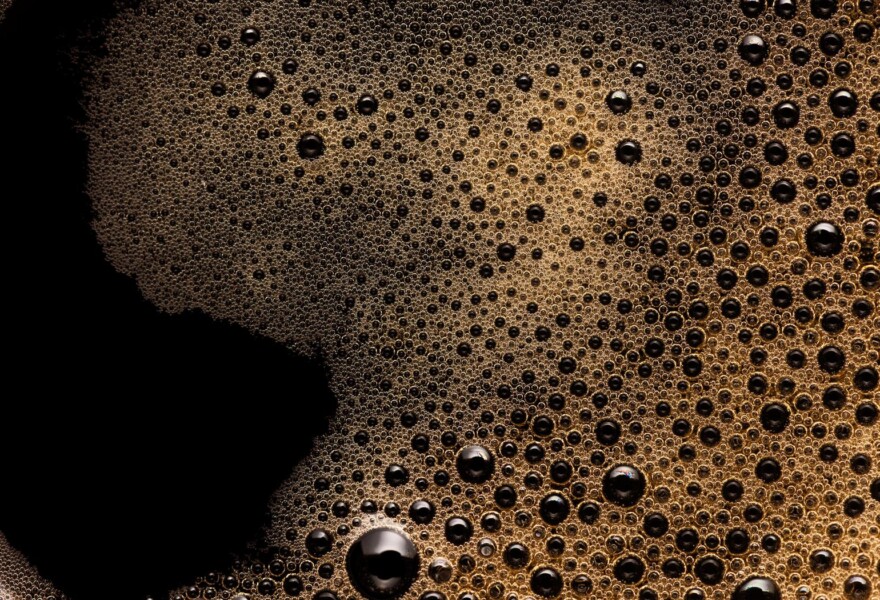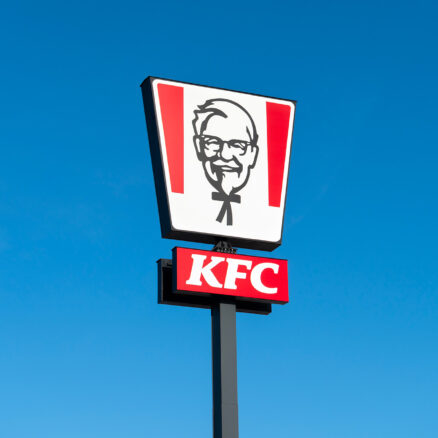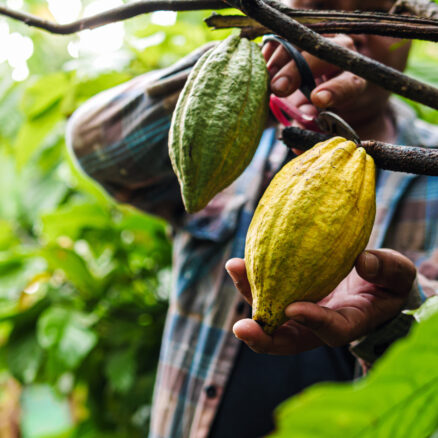Quantis and Barry Callebaut worked in close partnership to develop an innovative carbon footprinting methodology to assess the impacts of land-use change and deforestation driven by cocoa farming. Designed specifically for the cocoa supply chain, this first of its kind methodology combines GPS data, satellite imagery and farm-level management data.

Challenge
As part of its Forever Chocolate commitments, which aim to make sustainable chocolate the norm by 2025, Switzerland-headquartered cocoa producer Barry Callebaut has set ambitious targets to become carbon and forest positive by 2025. Land-use change (LUC) — forests cleared for cocoa farming — is a significant source of carbon emissions within the company’s supply chain. Addressing LUC and its associated impacts is critical for Barry Callebaut if it is to deliver on its 2025 goals. But to do so, the company required a precise way of accounting for LUC emissions.
Insights
Companies are increasingly harnessing natural climate solutions, such as eliminating deforestation, to mitigate the negative impacts of climate change and make meaningful progress on their carbon-reduction strategies. To effectively tackle deforestation and accurately assess land-use-related carbon emissions, companies need access to comprehensive, farm-level data that provide a realistic snapshot of what is happening on the ground in the regions they source from. By combining spatially explicit information and satellite imagery with farm-level data, companies can better identify where and what kind of interventions are needed.
Actions
Quantis worked closely with Barry Callebaut to develop a pioneering methodology to more accurately assess land-use change emissions from individual cocoa farms in its supply chain. Instead of using average country-level data, the methodology combines GPS coordinates with detailed farm-level data from on-the-ground samples and satellite imagery. It then consolidates that information into maps that Barry Callebaut can use to easily identify sourcing regions with the greatest carbon reduction potential and determine actions to further reduce carbon emissions.
At Barry Callebaut, we are proud of developing the Cocoa Land-Use Change Assessment with Quantis and are excited about the progress it will enable us to make. But we also realize that much change is still needed and we cannot make it alone. We hope this innovative methodology will be an inspiration for others in the industry to follow.
Oliver von Hagen, Director, Global Ingredients Sustainability & Carbon and Forest Programs, Barry Callebaut
Impact
Using this assessment, Barry Callebaut is able to produce a robust, scientific baseline for the carbon footprint of land-use change in its cocoa supply chain. And then develop a more precise reduction strategy of cocoa and chocolate carbon footprint informing actions for Barry Callebaut Forever Chocolate commitment to become carbon and forest positive by 2025. Furthermore, customers co-benefit from Barry Callebaut carbon reduction efforts taken in their cocoa supply chain. This new and refined assessment can inform a cocoa industry standard in the future.
Next steps
Barry Callebaut has begun working closely with cocoa farmers in priority regions to identify actions to eliminate deforestation and reduce land-use change emissions in its supply chain.

We’re your full-service partner for the transformational journey. Our strategic advisors are equipped to guide you at every point along the way.



